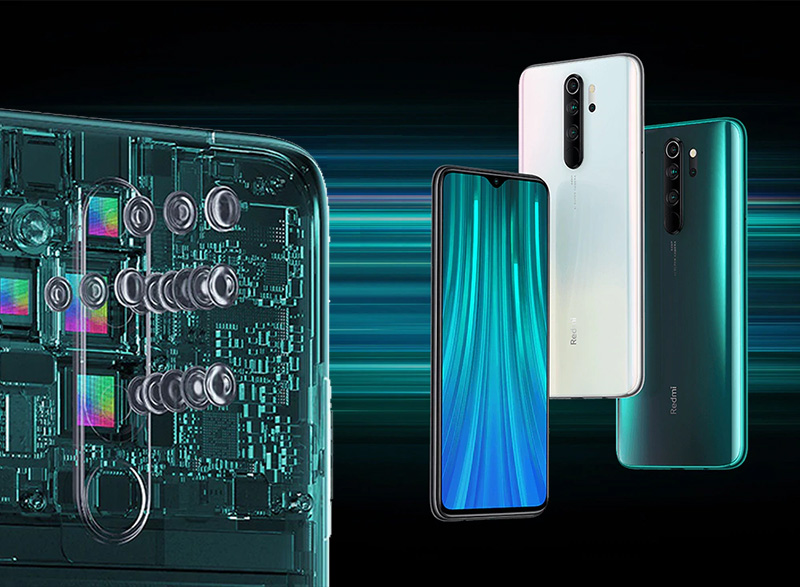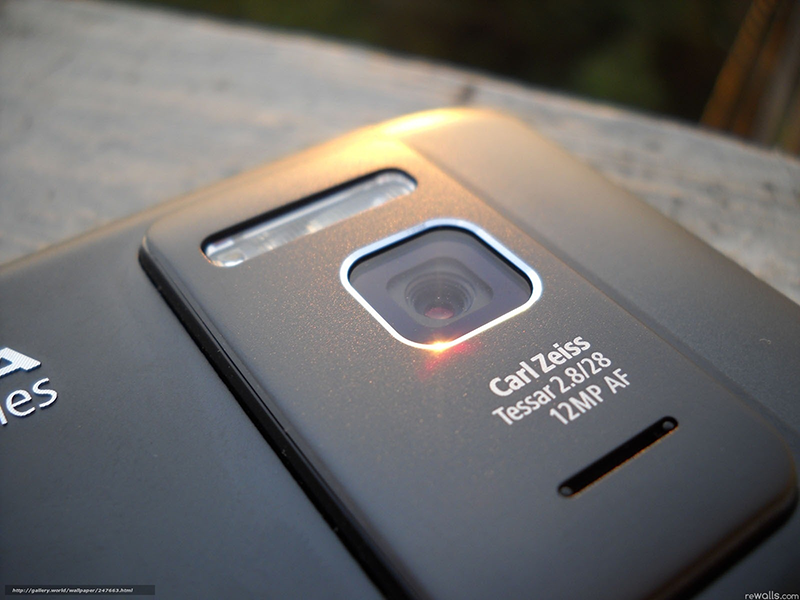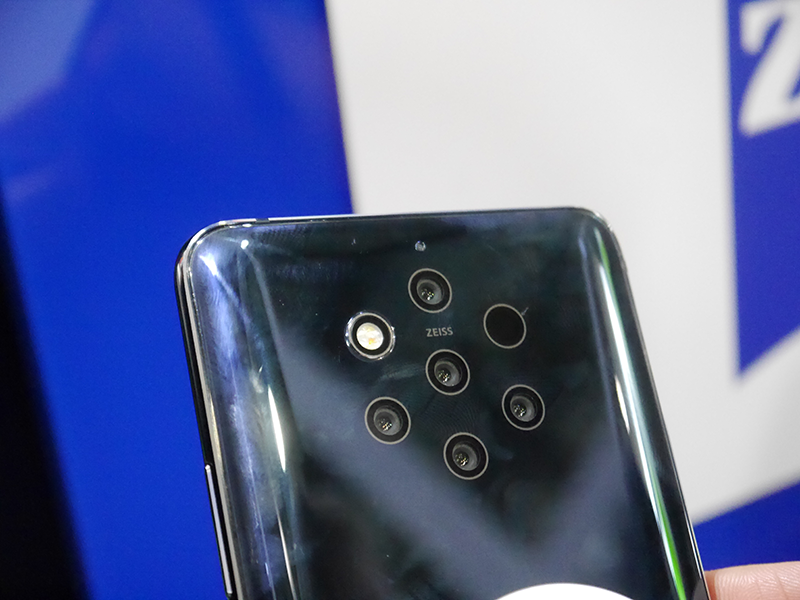
Not what we say, but the CEO of Zeiss, over 40 megapixels is all too much in one phone

In the last 1-2 years, the megapixel war has started again, which, as we know, is not leading anywhere.

For years, the goal has been for manufacturers to achieve that the pixels in the sensors built into phones get more light, allowing for less noisy, high-quality images. A prerequisite for this was to get a good quality lens system into the mobiles. However, the last 1- and a half years are showing a whole new path, and for now, it seems that the sequel will be no different. And this road will be the megapixel war.
At the moment, we come across more and more mid-range phones with 48-megapixel cameras, the 56-megapixel is coming soon, and next year, if the sparrows chirp the truth, we’ll be over 100 megapixels. However, as the number of megapixels increases, the resolution of the captured images does not increase, as software tricks treat multiple pixels as one, such as four for 48-megapixel sensors, essentially quadrupling the amount of light per pixel. The path could even be good if the physical size of the sensors were to increase, but in the meantime this would remain essentially unchanged. That is, more and more pixels have to be placed in the same area, and these pixels will become smaller and smaller, so less and less light will be received per pixel. That is, we are essentially not going anywhere, because if a pixel in a 12-megapixel camera is physically exactly the same size as four pixels on a 48-megapixel sensor, we have given the shit a slap.

Michael Kaschke, CEO of Zeiss, seems to agree with us on this issue (or we agree with him), saying it’s a bad direction. Until the physical size of the sensors becomes larger, mobile photography will not be able to circumvent some fundamental problems, in fact, more and more pixels will cause more and more trouble. The more pixels at a given physical size, the harder it will be to illuminate them, the more digital noise there will be in the shots being taken, and the quality of the images will only be improved by increasingly serious algorithms.
From the above, it is clear that the solution cannot be to increase the number of pixels. To achieve real results, you need sensors with a larger physical size (larger pixel size) and much better lens systems that are able to deliver as much light as possible to the pixels. Just an example. While today, the 48-megapixel sensor is cool, in which the phone handles four pixels one by one (i.e. the real resolution is 12 megapixels), in the barely one-year-old Xiaomi MIX 3, whose camera is still considered one of the best, only two 12 megapixel sensor working. Is this weird? Not in the slightest, as the 12 megapixels are accompanied by an aperture of 1.8, which means that the pixels really get enough light to take photos of the right quality.
Don’t forget to contact us before you buy anything to see where the selected product is available at the cheapest price, possibly in conjunction with a coupon, because there is no coupon we can't find! Join our Facebook page and find us in private. You can also join our Facebook group, and there you can ask for a new post!














